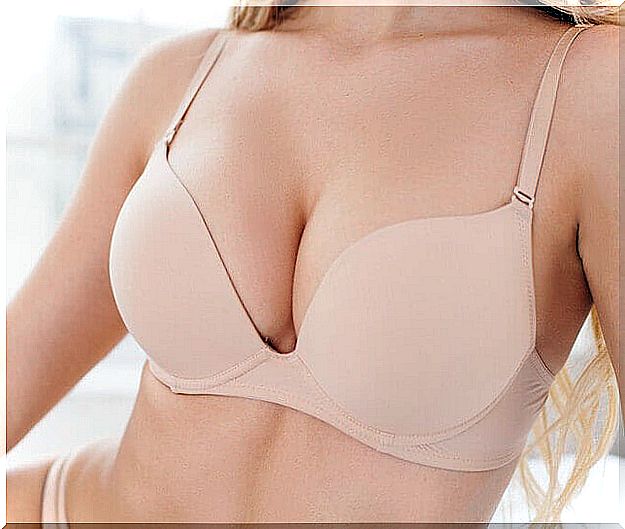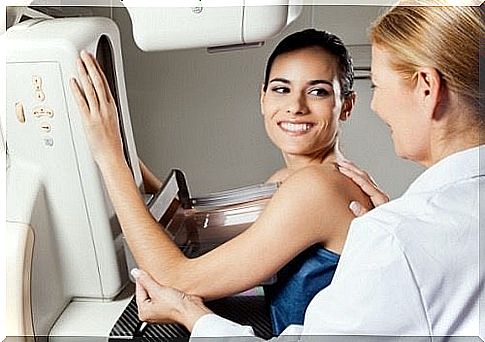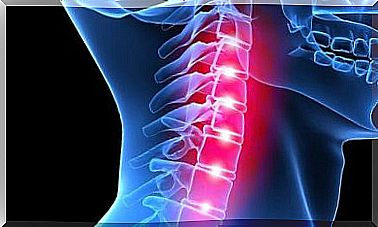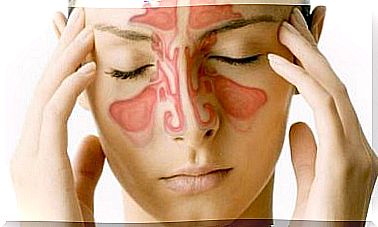Women With Dense Breasts Should Have A Mammogram Every Year

The problem with dense breasts is that they give a lot of false positive results because the excess tissue makes diagnosis difficult. A 3D mammogram may be the solution.
If you have dense breasts, there is no reason to be alarmed prematurely.
However, we must take into account that this type of breast is characterized by a greater amount of fibrous tissue, which is associated with a greater risk of developing breast cancer.
We are not saying that there is absolutely a 100% risk of developing a breast tumor in the short or long term. There is a certain probability, and this can increase if we have a family history in addition.
We just need to submit to periodic consultations during which we can check the morphology and health of our breasts at any time. So we speak of “prevention”, taking into account this additional factor that we cannot ignore.
We bring you all the information below.
Dense breasts, special characteristics to be aware of
We will start by clarifying something important. Dense breasts are not necessarily larger or fatter breasts. This has nothing to do with. There are other important factors to assess.
- A woman’s breast suffers from noticeable changes throughout her life.
- When we are younger, the breasts have a perfect balance between the fatty, glandular and the fibrous part.
- As we come to menopause, the breasts become denser. With more glandular and connective tissue and less fatty tissue.
- When a mammogram is done of her breasts which show increased density, the results are more difficult to read and interpret than those of less dense breasts.

Fuller breasts: a factor to control and take into account
- According to several studies like the one published in the journal Annals of Internal Medicine , women with greater breast density have a higher risk of contracting breast cancer.
- We insist again on the fact that this is an additional risk factor. It is not decisive, but it is an aspect that we must keep in mind.
We must therefore consult our doctors on the possibilities of having annual mammograms and not every two or three years.
You don’t have to be alarmed: one in four women has dense breasts
Breasts are made up of glandular tissue, fatty tissue, and basically fibrous tissue. When a breast is dense, it means that the proportion of fibrous tissue to fatty tissue is greater than usual.
- If it is certain that the statistics take this factor into account, there is another thing much more determining: the genetic aspect.
- If in our family we have no case of breast cancer between our mother, our aunts or sisters, the risk of developing breast cancer because of the density of our breasts is low.
However, don’t doubt it, it is a good idea to have a mammogram every year. In this way, we will be much quieter at all times.
When can we develop dense breasts?
As we have reported to you before, we cannot tell whether our breasts are dense or not. However, there are risk factors that will determine their occurrence.
Menopause: due to metabolic and hormonal changes, from the age of 50 or 55 our breasts lose this balance between the glandular, fatty and fibrous part.
- If in addition we have a sedentary life and we gain weight, the risk of developing dense breasts is greater.
- Also, the genetic component also determines that our breasts, over time, evolve in this way.
Tips for preventing breast cancer if we have dense breasts
In the case of a family history
We said it at the beginning: in case you have a genetic history of breast cancer, the risk of developing this disease increases.
It is necessary to take preventive measures. However, it will be our doctors who will guide us towards the best strategies in accordance with our personal characteristics.
- In the case of an existing genetic component, hormone replacement therapy may be adapted to the onset of menopause.
- We cannot omit that if we have dense breasts and have a family history of suffering from breast cancer, the risk is tripled.

Rules to follow in all cases
- Do not smoke
- Avoid overweight
- Fight sedentarism. Try to have an active lifestyle through aerobic exercise
- Avoid a diet rich in saturated fat, white flour, sugars …
- Follow a Mediterranean diet in which there is an abundance of fresh fruits, vegetables, healthy fatty acids such as olive oil …
- Drink abundantly
3D mammograms: the most reliable
One of the most common problems with dense breasts is that they often give false positives. The diagnosis is always complex because of the density of the breast.
Also, 3D tomosynthesis is one of the most effective techniques nowadays for analyzing breasts.
It consists of capturing multiple images of each breast, from millimeter sections. It is efficient and it is a technology that always offers more safety to both experts and patients.









